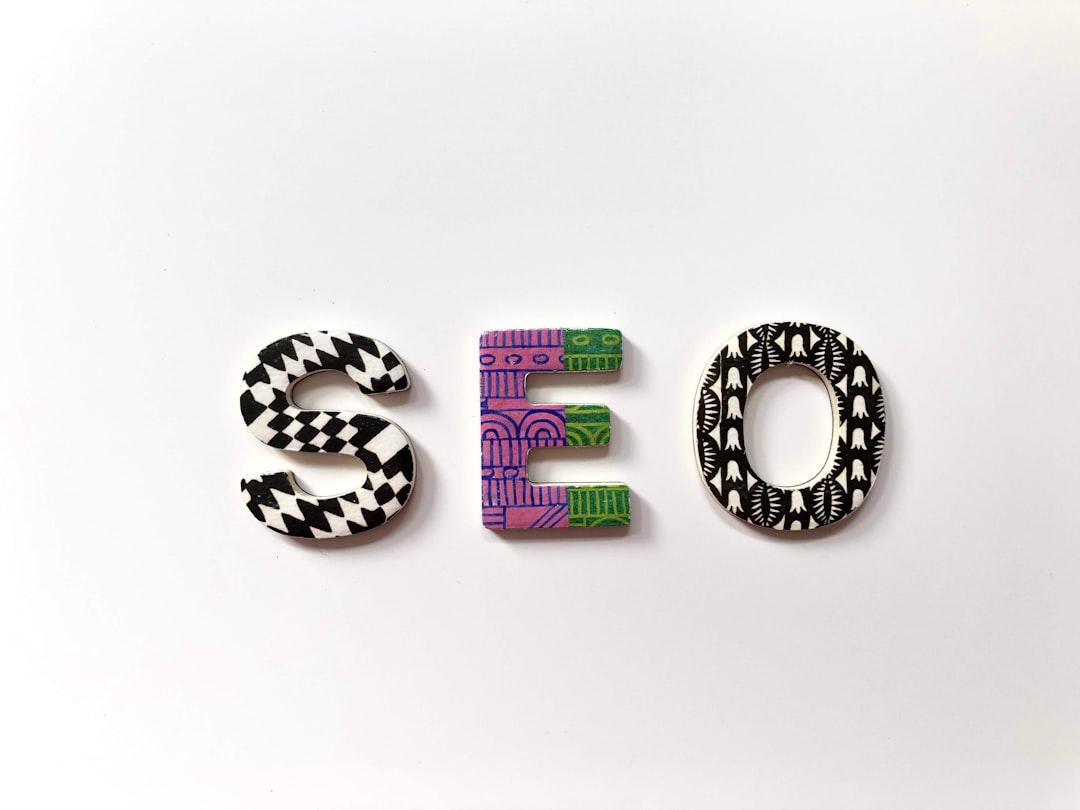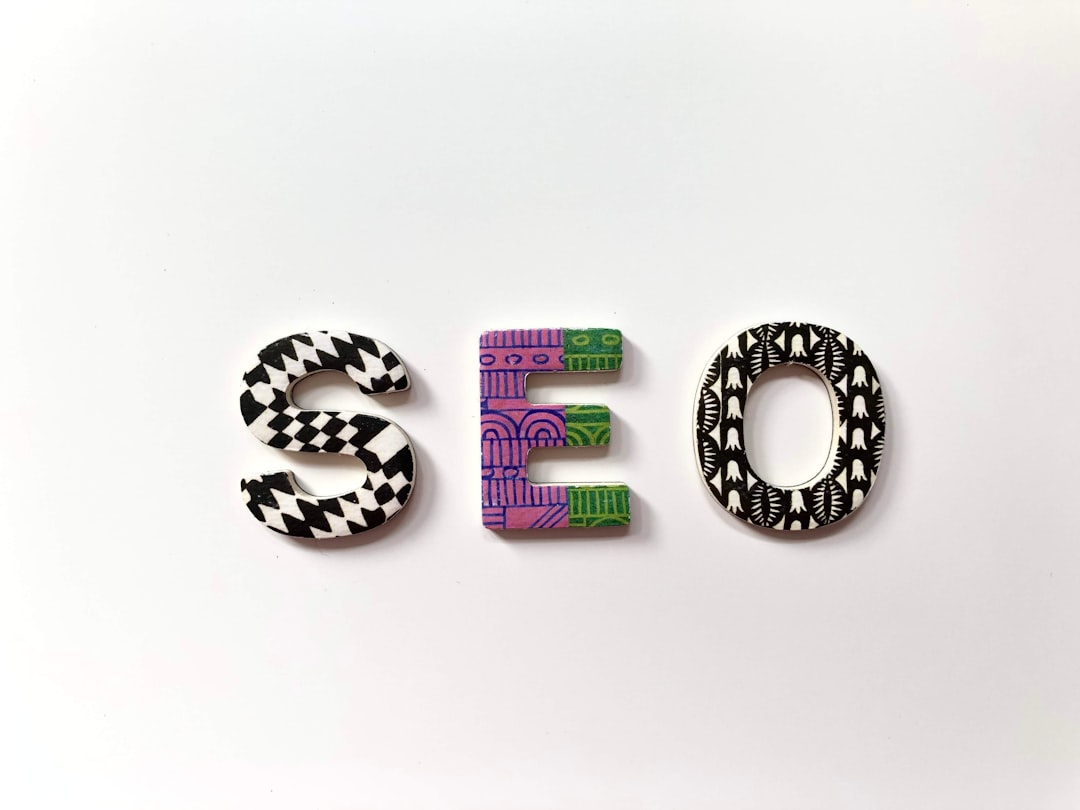
Introduction
Have you ever visited a website on your mobile device only to find that it’s almost impossible to navigate? This frustrating experience is not only a turn-off for potential customers but also a critical factor for search engine rankings. Enter responsive web design (RWD) — a design methodology that ensures a website looks good and functions well on all devices, whether it’s a desktop, a tablet, or a smartphone. Not only does responsive web design enhance the user experience, but it also impressively affects a website’s SEO (Search Engine Optimization) performance. In this blog, we’ll dive deep into how responsive web design positively impacts SEO and why it’s essential for websites aiming to excel in today’s digital era.
Importance of Responsive Web Design in SEO
Overview of Responsive Web Design
Responsive web design (RWD) is a web development approach that creates dynamic changes to the appearance of a website, depending on the screen size and orientation of the device being used to view it. In simpler terms, it means that whether you’re viewing a site on your phone, tablet, or desktop, the site will still be user-friendly, displaying content in an accessible and organized manner. This adaptability is achieved through the use of fluid grids, flexible images, and CSS media queries. The goal is to have one website that looks and works equally well on all devices.
Significance of Mobile-Friendly Websites
Mobile-friendly websites are no longer just an option, but a necessity in today’s digital landscape. With over half of global web traffic coming from mobile devices, search engines like Google have adapted by implementing mobile-first indexing. This means that Google predominantly uses the mobile version of the content for indexing and ranking. Sites that aren’t optimized for mobile viewing risk falling behind in search engine result pages (SERPs), as poor mobile experiences can lead to decreased engagement, higher bounce rates, and lower conversion rates. Responsive web design ensures that users have a positive browsing experience on any device, leading to improved SEO performance and better site rankings.
H1: Effects of Responsive Web Design on User Experience
Improved Accessibility Across Devices
Responsive web design significantly enhances user experience by improving the accessibility of a website across different devices. This universal access is crucial because it ensures that no matter what device a person is using, the experience remains consistent. Consistency is key to building trust and engagement from visitors, who are more likely to return to a website if they know they will always have a positive and seamless experience. This increased satisfaction can translate to higher retention rates and more conversions, signalling to search engines that your site is a valuable resource, thereby boosting your SEO.
Faster Page Load Speed
Another vital aspect of user experience is the speed at which pages load. Responsive websites often load faster on mobile devices than their non-responsive counterparts because they use modern techniques like responsive image display and streamlined code that adapt to various devices. Faster loading times are crucial for keeping users engaged and reducing bounce rate, an important metric for SEO. Search engines prioritize sites that load quickly as it provides a better user experience. By improving page load speed through responsive design, websites not only retain users but also climb in search engine rankings.
In conclusion, responsive web design is more than just a technical requirement; it is a fundamental aspect that touches virtually every part of your site’s performance. From improving mobile-friendliness to enhancing overall user experience, responsive design plays a pivotal role in modern SEO strategies. By embracing this approach, businesses can ensure that they not only keep up with current trends but also set themselves up for future success in an increasingly digital world.
Mobile-Friendliness and SEO Rankings
In today’s digital environment, mobile-friendliness is not just an option; it’s essential. Over half of all global web traffic now comes from mobile devices, and search engines like Google have been quick to adapt, placing increased importance on mobile-friendly websites when it comes to SEO rankings.
Google’s Mobile-First Indexing
Since Google adopted mobile-first indexing, the SEO landscape has shifted significantly. Under this paradigm, the mobile version of your website becomes the primary version considered by Google when indexing and ranking sites. This means that if your site isn’t optimized for mobile, it’s not just the mobile experience that suffers—your overall SEO could plummet. Mobile-first indexing underscores the necessity of ensuring that your web presence is as robust on a smartphone as it is on a desktop.
Impact on Search Zero Rankings
Responsive web design directly impacts search engine rankings in several significant ways. Google’s algorithms now prioritize websites that provide a seamless user experience across various devices and screen sizes. Websites that are not mobile-friendly can experience a decrease in rankings, which translates to less exposure, fewer page visits, and ultimately, diminished potential for revenue and conversions. On the other hand, adaptive websites benefit from lower bounce rates, higher engagement metrics, and improved perceptions of credibility and reliability—all of which are positive indicators to search engines.
Implementing Responsive Web Design for SEO
 Image courtesy: Unsplash
Image courtesy: Unsplash
Incorporating responsive web design is vital not just for improving user experience but also for bolstering your site’s SEO. By ensuring your site is adaptable to any device, you optimize accessibility and visibility, thus broadening your reach and enhancing your search engine standings.
Best Practices for Responsive Web Design
To achieve an optimal responsive web design, consider these best practices:
– Fluid Grids: Use fluid grid layouts that adjust to any screen size. This flexibility means your site’s content will always arrange itself efficiently and effectively, no matter the device.
– Flexible Images: Implement flexible images that can resize within a container. This prevents images from becoming a distraction on smaller screens or disproportionately large on bigger ones.
– Media Queries: Leverage media queries to apply different styling rules to different devices, ensuring that your website displays properly under all circumstances.
– Minimalist Design: Opt for a minimalist design which simplifies navigation and accelerates page loading time, enhancing both usability and SEO.
– Prioritize Above-the-Fold Content: Focus on key messages and CTA placements in the immediately visible area of your website to engage users from the first moment.
Testing and Optimization Techniques
After implementing responsive design elements, continuous testing and optimization are crucial for maintaining SEO efficacy and superior user experience. Here are some techniques to consider:
– Regularly Use Google’s Mobile-Friendly Test to ensure that your site meets Google’s mobile-friendly standards.
– Perform Speed Tests to identify bottlenecks that may be slowing down your site, particularly on mobile devices.
– Utilize A/B Testing to experiment with different layouts, features, and content to determine what works best for engaging and retaining mobile users.
– Check Responsiveness on Actual Devices to ensure real-world usability across various smartphone and tablet models.
By prioritizing responsive web design and following through with thorough testing and optimization, you can significantly boost your SEO, enhance user engagement, and ensure that your website stands out in the increasingly competitive digital arena.
Case Studies on Improved SEO after Responsive Web Design Implementation
 Image courtesy: Unsplash
Image courtesy: Unsplash
Responsive web design not only makes websites look better on different devices, but it also positively impacts their search engine optimization (SEO). To understand this effect better, let’s explore two case studies where businesses saw significant SEO improvements after implementing responsive web design.
Company A: Before and After Results
Initially, Company A’s website was not optimized for mobile devices, which resulted in cumbersome navigation and slow loading times on smartphones and tablets. This poor user experience led to a high bounce rate and low average time on site, which are two factors that Google’s algorithm considers for SEO rankings. After transitioning to a responsive web design, Company A witnessed remarkable changes:
– Mobile Traffic Improvement: The website’s traffic from mobile devices increased by 50% due to better accessibility and user-friendly layout.
– Enhanced User Engagement: The average time spent on the site grew by 40%, indicating that users were more engaged and interacted more with the content.
– Lower Bounce Rate: The bounce rate decreased by 30%, which directly correlates with higher SEO rankings.
These improvements significantly help in boosting the overall SEO of Company A’s website, making it more likely to appear higher in search engine results pages (SERPs).
Company B: Comparing SEO Metrics
Company B had a similar experience when it opted for a responsive design. The side-by-side comparison of SEO metrics before and after the implementation highlighted the impact of this change:
– Increase in Google Rankings: Specific keywords that Company B targeted showed better rankings, jumping from page three to the first page on Google.
– Growth in Organic Search Traffic: There was a 35% increase in organic traffic, which suggests more visibility and higher trust from potential customers.
– Improvement in Conversion Rates: The site’s conversion rate increased by 25%, demonstrating that a mobile-friendly site can indeed convert visitors into customers more effectively.
Both Company A and Company B experienced substantial benefits in their SEO metrics post-implementation of responsive web design. Their cases strongly advocate for adopting responsive design principles to improve not only user experience but also SEO performance.
Conclusion: Responsive Web Design as a Key Factor in SEO Success
Responsive web design is not just a trend; it’s a fundamental approach that aligns perfectly with the core objectives of SEO — improving user experience and boosting website visibility. By adopting a responsive design, businesses ensure their sites are accessible and appealing across all devices, which not only satisfies users but also pleases search engines. This compatibility translates to better crawlability, lower bounce rates, and higher engagement metrics, all of which are critical for SEO success. Ultimately, integrating responsive web design into your website’s architecture is a strategic move that not only enhances user interaction but also solidifies your standings in search engine rankings.




